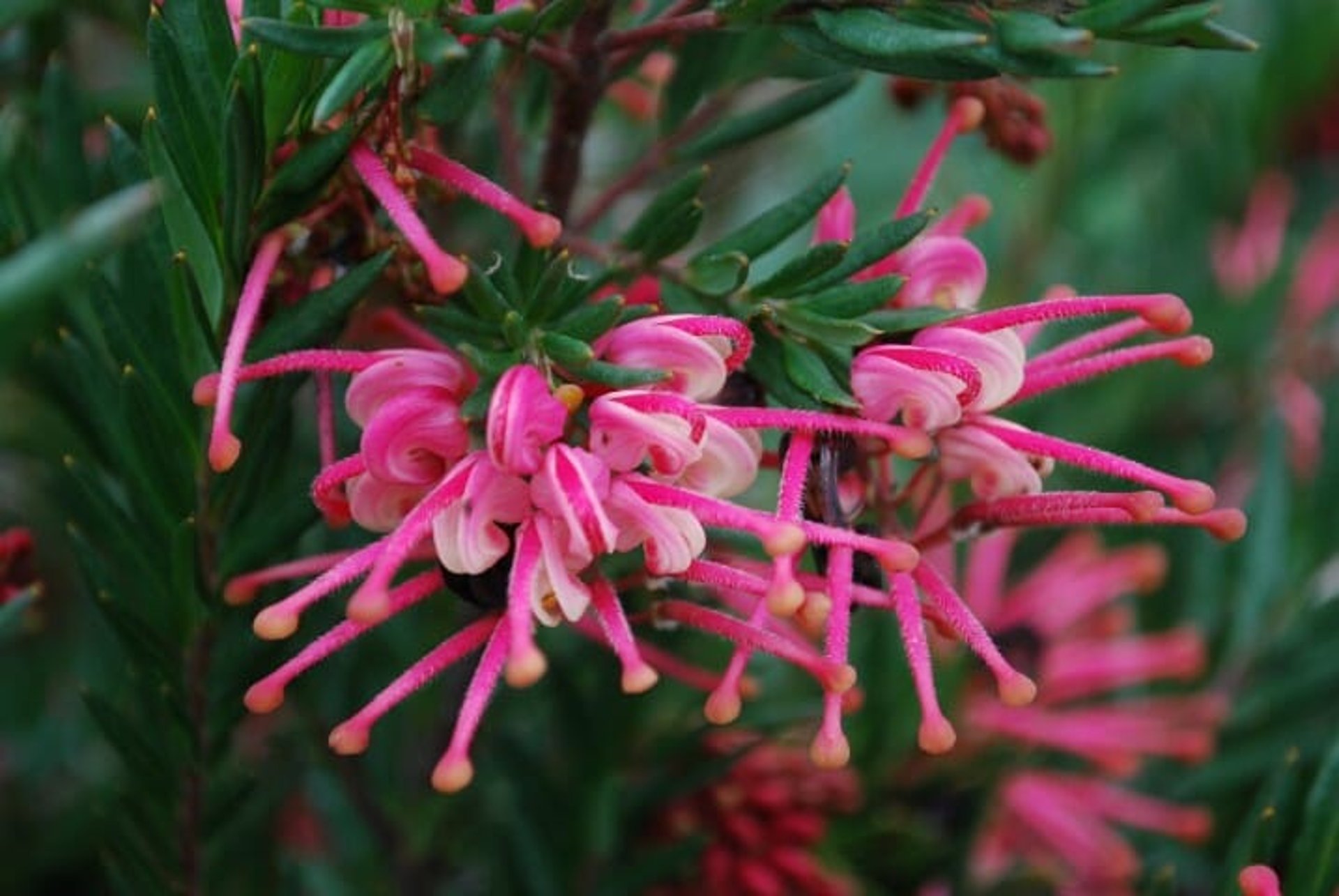
Why So Many Aussie Natives Have Spiky, Fluffy or Stringy Flowers
by Alicia
6/8/2025
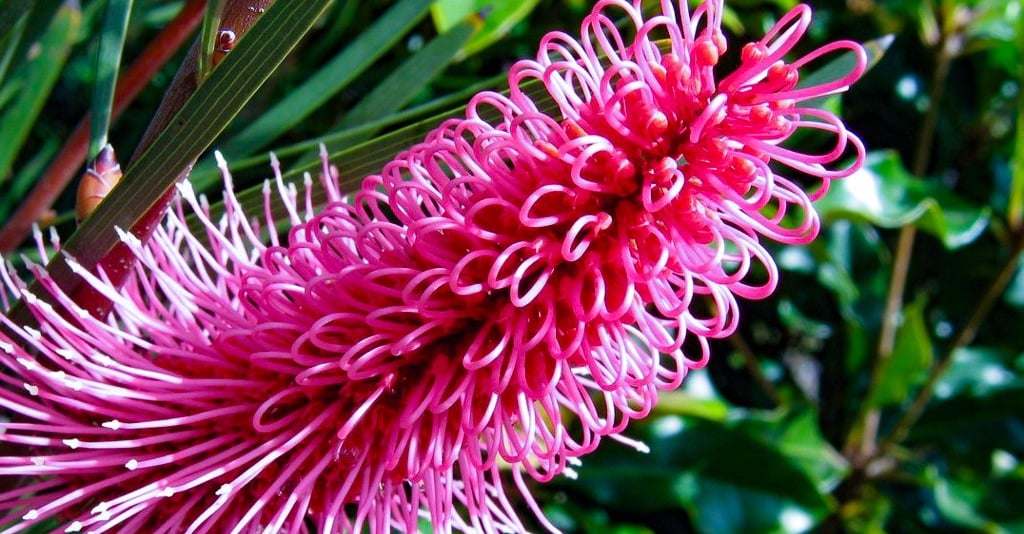

How evolution, fire, and dry soils gave us some of the world’s most unusual blooms
If you've spent any time among Australia's native plants — whether in the bush, at the nursery, or up at the Australian Age of Dinosaurs Museum — you’ll notice something striking. Our flowers don’t always follow the “classic” shape.
Instead, we see brushes, spikes, tufts, and stringy clusters. Plants like Grevillea, Hakea, Callistemon, Melaleuca, Banksia, Taxandria, Acacia, and Verticordia have all embraced these unusual forms. So why are so many of our native flowers fluffy instead of frilly?
🌿 Born of Harsh Conditions and Clever Pollination
Australia’s landscapes are tough — dry soils, intense heat, fire, and long droughts are just part of life here. Over millions of years, native plants have adapted by producing low-cost, high-efficiency flowers, focused less on petals and more on stamens.
These fluffy or spiky forms:
Maximise pollen exposure
Attract birds, bees, beetles, and even small mammals
Withstand wind and heat better than fragile petals
Require fewer nutrients to produce and maintain
This makes them perfect for life in nutrient-poor soils — and explains why so many of our native flowers look like little explosions of fluff or fireworks in the garden.
🌸 Some of Australia’s Weirdest Petals
Australia doesn’t just do “fluffy.” We also do strange — in the best way.
Some native flowers have stringy, twisted, or wildly irregular petals that defy expectation:
Grevillea flowers look like
tangled threads or bird claws,
coiled and dramatic.
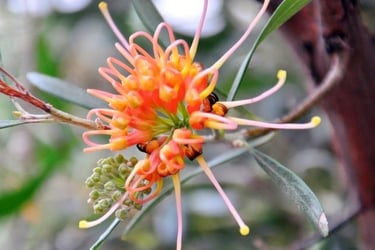

Hakeas often hide their flowers inside woody structures before erupting in spidery sprays.
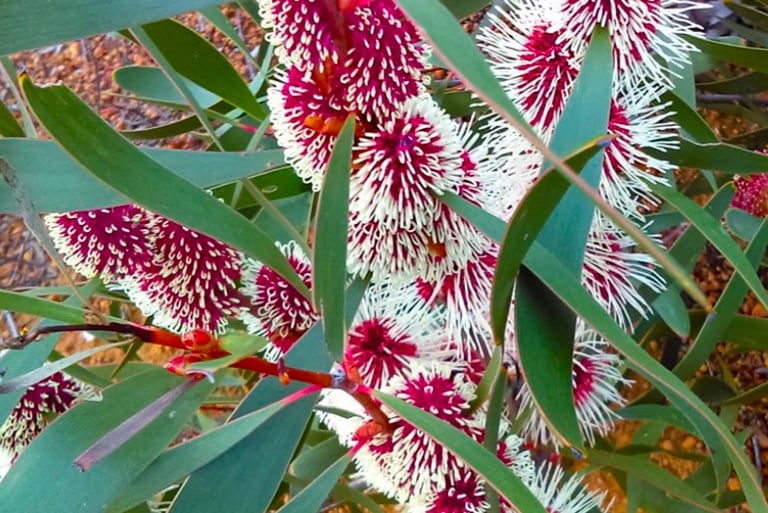

Verticordia have frilly, almost fairy-like edges to their petals, with unusual textures and iridescence.
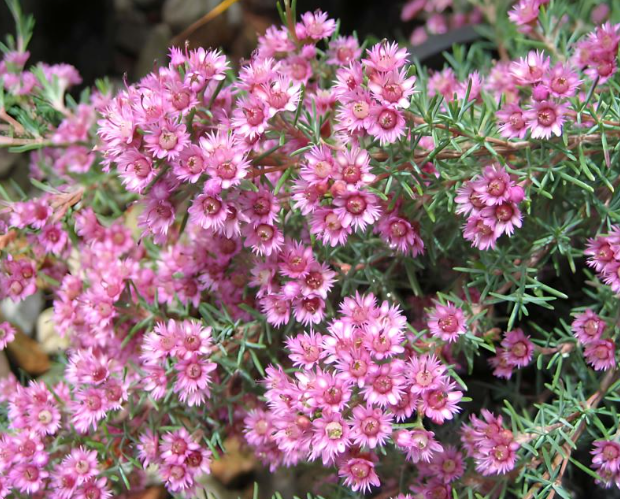

Calothamnus (now often grouped with Melaleuca)
pushes its stringy red flowers out sideways from
the stems.
These wild forms aren’t random — they’ve evolved in
response to Australia’s climate and pollinators,
prioritising survival, resilience, and unique pollination
strategies.
🔥 Shaped by Fire and Ancient Landscapes
Plants like Banksia, Hakea, and Melaleuca are well adapted to fire, often protecting seeds in woody cones or capsules until conditions are right for regeneration.
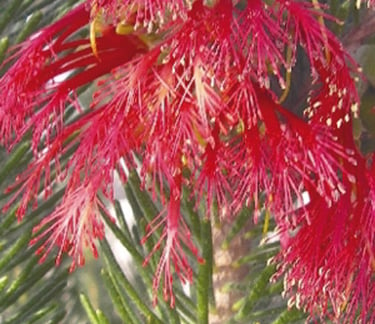


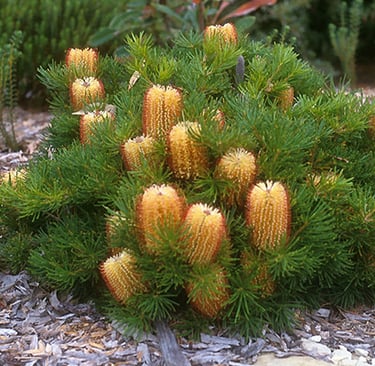
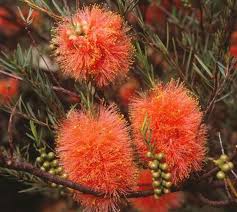

Even Acacias, which burst with golden puffballs in
spring, developed clever root nodules to fix nitrogen
about 25 million years ago, helping them survive in
poor soils.
🌹 A Comparison: The Classic Rose
For contrast, take the familiar rose. Bred in Europe and Asia, roses evolved in cooler, richer environments. Their soft, many-petalled blooms are made to charm pollinators like bees and beetles — not survive drought, fire, or poor soil.
Where a rose may collapse in a harsh Aussie summer, a Melaleuca or Grevillea will stand tall — covered in nectar and alive with native birds.
🌼 What Else Can You Think Of?
We’ve listed just a few; what other Aussie natives have fluffy, stringy, or downright strange flowers?
Can you think of others from your garden or your walks in the bush?
Want to plant some weird and wonderful natives? Choose flowers that evolved here — they're made for our soils, our seasons, and our wildlife.
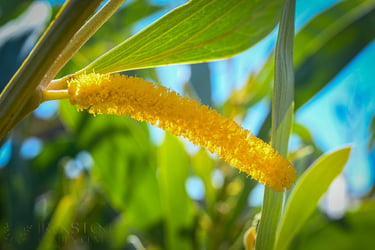

Subscribe to our newsletter
We gratefully acknowledge the Koa people as the traditional custodians of the land on which Ironstone Garden Centre operates. For generations, the Koa people have cared for and nurtured this land, enriching it with their knowledge, culture, and deep connection to Country. We honour their ongoing stewardship and the enduring legacy they have created. As guests on Koa Country, we humbly pay our respects and commit to listening, learning, and working with the Koa community.
